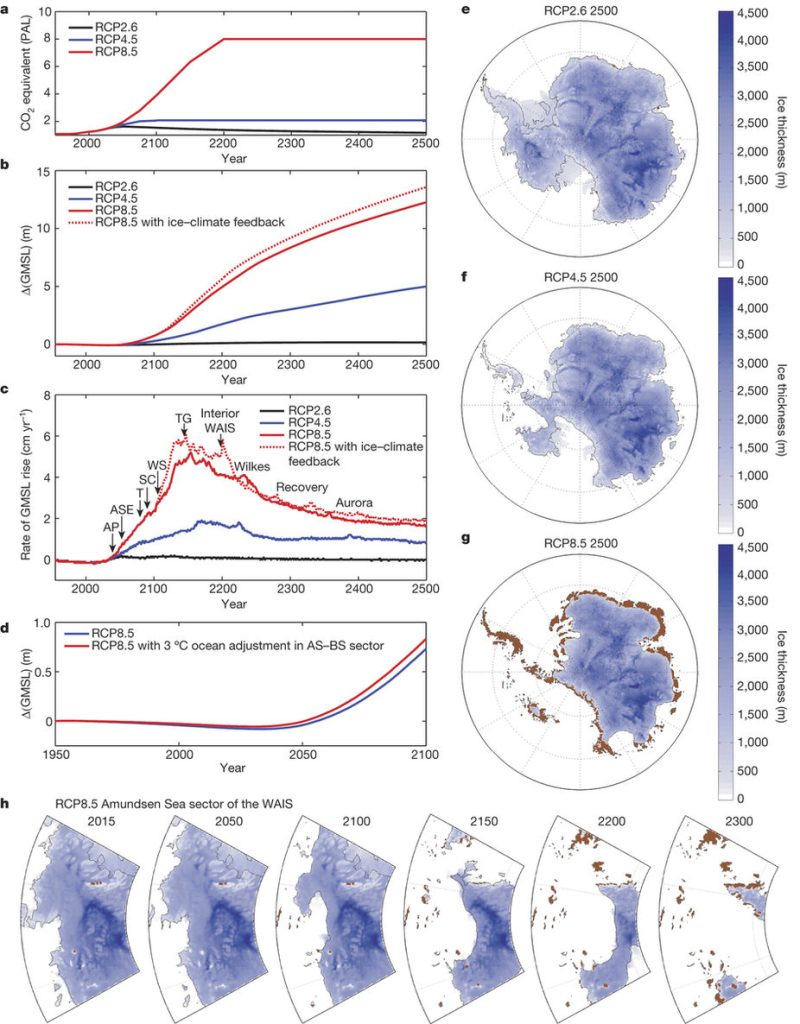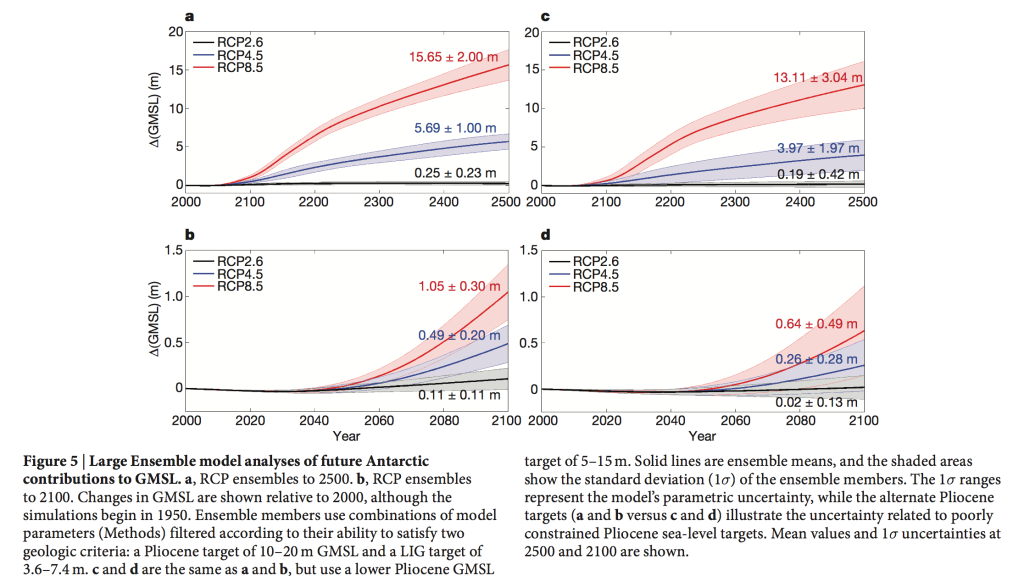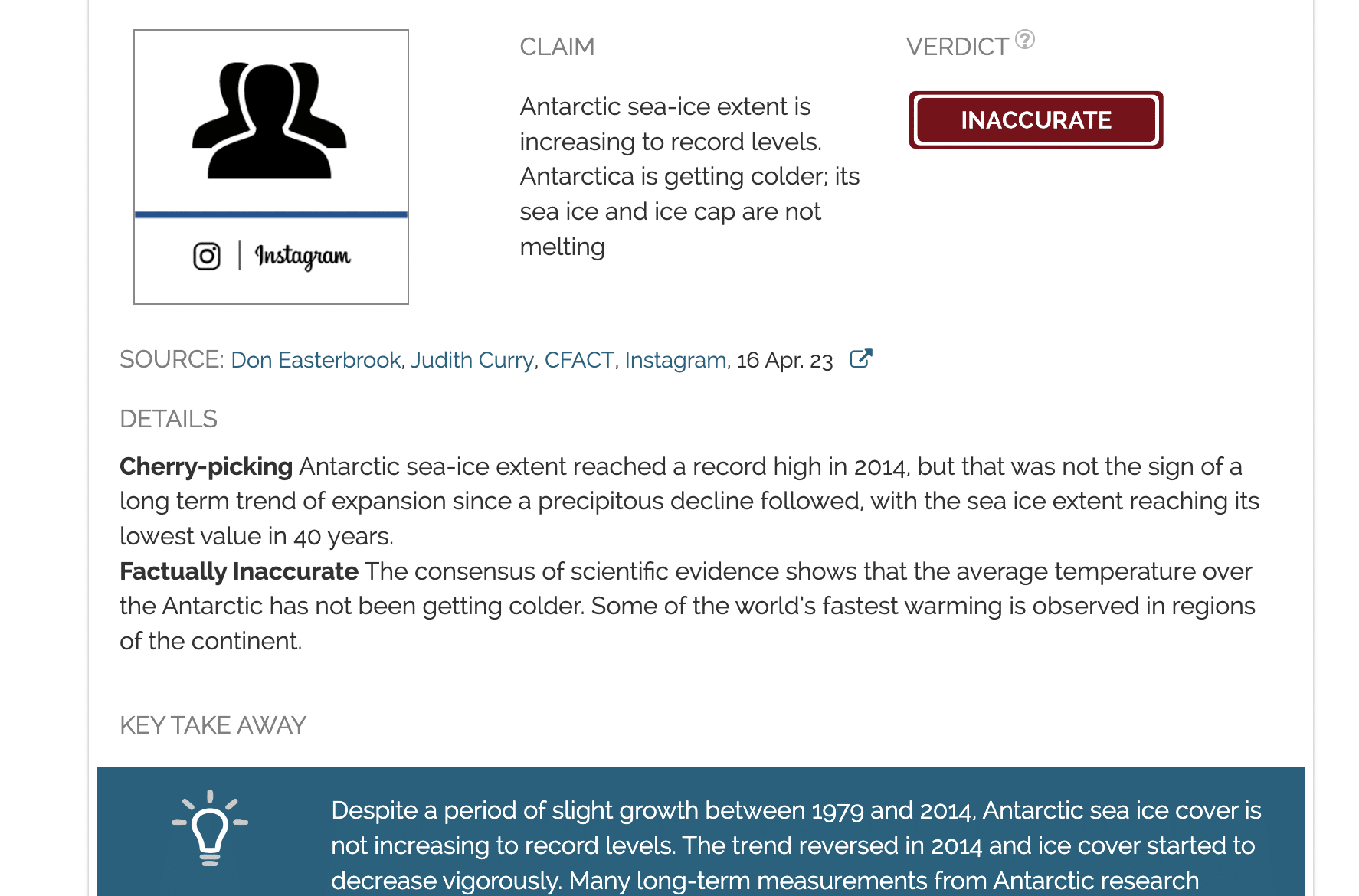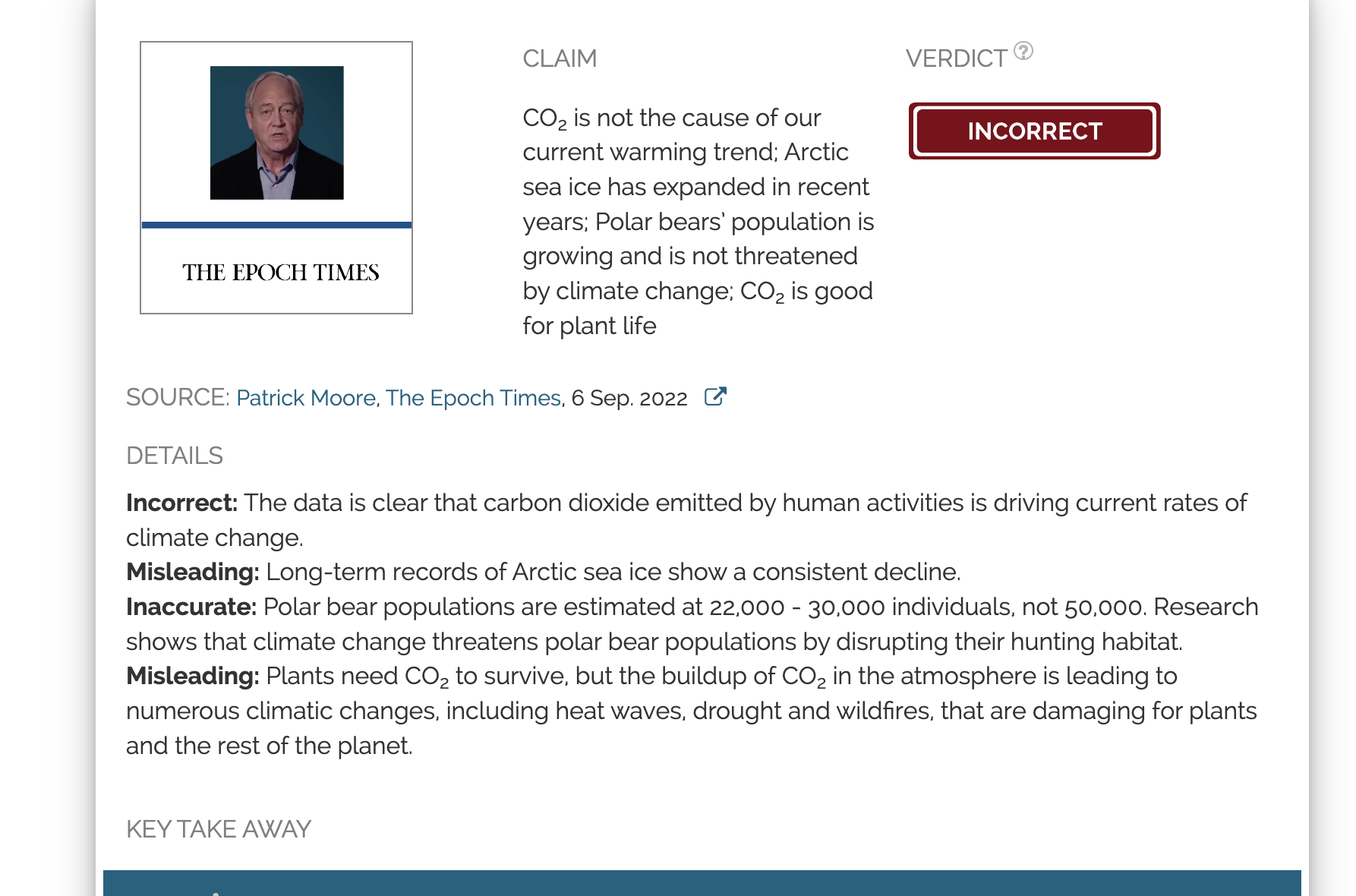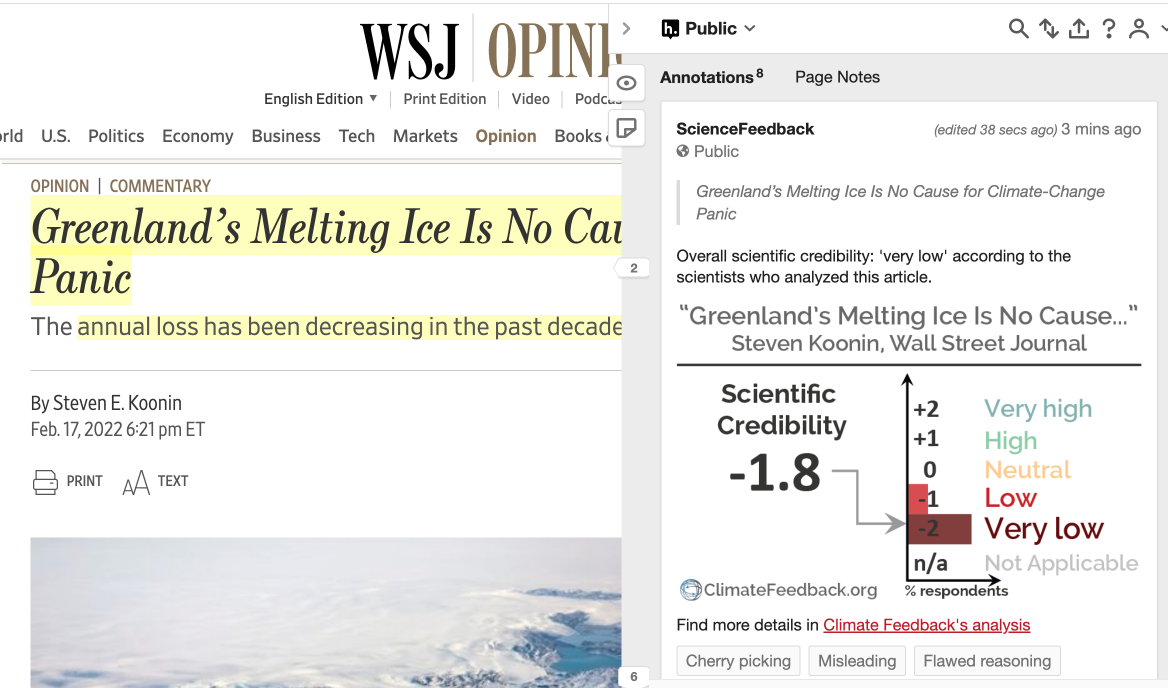- Climate
Grist article on an “Ice Apocalypse” mostly accurate, but doesn’t make the likelihood of that apocalypse clear enough to readers
Reviewed content

Headline: "Ice Apocalypse"
Published in Grist, by Eric Holthaus, on 2017-11-21.

Scientists’ Feedback
SUMMARY
This article at Grist by Eric Holthaus examines the risk of greater sea level rise caused by a more rapid loss of glacial ice. It focuses on a process recently added to one ice sheet model (ice cliff instability), which greatly accelerated the simulated loss of Antarctic ice in a warming climate, suggesting that we could see more sea level rise by 2100 than previously projected.
Scientists who reviewed the article found that while it accurately described recent research on these processes, it should have provided more accurate context on the timescale of these sea level rise scenarios and the scientific uncertainty about how likely these scenarios are to come to pass.
See all the scientists’ annotations in context
REVIEWERS’ OVERALL FEEDBACK
These comments are the overall opinion of scientists on the article, they are substantiated by their knowledge in the field and by the content of the analysis in the annotations on the article.
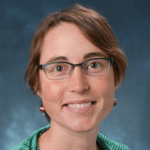
Research Scientist, University of Colorado, Boulder
The major failure of the article is that it incorrectly presents the scientifically published timeline for worst case sea level rise. This is unfortunate, because the overall information in the article about marine ice-cliff instability potentially causing sea levels to rise much sooner than previously thought is correct and important to communicate, and the quoted scientists’ statements are accurate.

Postdoctoral researcher, Stockholm University and Bolin Centre for Climate Research
The article gives important insight into recent research progress on West Antarctica, the prospects of rapid sea-level rise, and its implications. What is presented is accurate and fairly balanced—though there is by no means a consensus within the glaciological community to whether ice-cliff failure is likely to occur in the future, the possibility is troublesome enough.
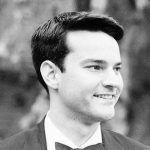
Assistant Professor, Georgia Tech
This article does a good job of summarizing some recent work on the potential for a marine ice cliff instability in Antarctica, an idea which is being actively discussed within our community to determine whether it is likely to occur in the future. Since we still do not completely understand all the processes that contribute to ice sheet evolution (including ice cliff breakup), it is difficult to distinguish which specific scenarios are “likely” or “unlikely” beyond saying that: sea level is rising, and it will continue to rise for at least hundreds of years in the future at a rate that is, in part, modulated by human choices.

Professor of Environmental Science, Associate Dean, Nichols College
The article has a bias, emphasizing the high end scenarios of ice sheet behavior, avoiding scrutiny of model assumptions. The concept of marine ice cliff instability and how unusual it is as a mechanism today on the vast coastline of Antarctica or Greenland is ignored.

Assistant Professor, University of Colorado, Boulder
Eric Holthaus provides a dire, but mostly correct, assessment of the processes driving—and risks associated with—a potential rapid disintegration of the West Antarctic ice sheet. The article would be improved in places by providing more context and/or references.

Research Associate, National Snow and Ice Data Center, University of Colorado Boulder
This piece does a good job including a range of true experts talking about the frontiers of our understanding of the Antarctic Ice Sheet. While not out of the range of possibility, the future painted (and the associated pessimist/alarmist tendencies) in the article might be a little higher than the research can definitively back up right now.
Notes:
[1] See the rating guidelines used for article evaluations.
[2] Each evaluation is independent. Scientists’ comments are all published at the same time.
Annotations
The statements quoted below are from the article; comments and replies are from the reviewers.
“finding out how fast these glaciers will collapse is one of the most important scientific questions in the world today”

Research Scientist, University of Colorado, Boulder
There are many important science questions, but it is true that understanding the rate of ice loss at Pine Island and Thwaites Glaciers is very important for understanding how quickly future sea level rise will happen. Understanding Thwaites is arguably more important than Pine Island, though they are part of a connect region of ice. A recent peer-reviewed science article that takes a closer look at the question and explains the importance of understanding changes is Scambos et al, 2017*.
- Scambos et al (2017) How much, how fast?: A science review and outlook for research on the instability of Antarctica’s Thwaites Glacier in the 21st century, Global and Planetary Change
“There’s growing evidence that the Pine Island Bay glaciers collapsed rapidly back then, flooding the world’s coastlines — partially the result of something called ‘marine ice-cliff instability.’”

Research Scientist, University of Colorado, Boulder
Following earlier theory work by Jeremy Bassis and others, the marine ice-cliff instability term was introduced (as far as I’m aware) in 2015 in Pollard et al, 20151. The two lead authors then continued to investigate the mechanism using computer simulations, publishing a paper in Nature in 20162. The idea of the marine ice-cliff instability is still fairly controversial amongst glaciologists (NOT to be confused with the marine ice sheet instability, which is not controversial and is another reason that West Antarctica is vulnerable to rapid ice loss). A recent paper in Nature3 suggests that there is observational evidence from ancient iceberg tracks, but not all glaciologists are convinced that this new data fully supports the marine ice-cliff instability. Whether the marine ice-cliff instability is something that is likely to occur in Antarctica is still debated amongst scientists.
- 1- Pollard et al (2015) Potential Antarctic Ice Sheet retreat driven by hydrofracturing and ice cliff failure, Earth and Planetary Science Letters
- 2- DeConto and Pollard (2016) Contribution of Antarctica to past and future sea-level rise, Nature
- 3- Wise et al (2017) Evidence of marine ice-cliff instability in Pine Island Bay from iceberg-keel plough marks, Nature

Postdoctoral researcher, Stockholm University and Bolin Centre for Climate Research
I largely agree. Much of the theoretical framework was established by Bassis and Walker (2012)*. They predicted a “maximum cliff height that increases with water depth”.
- Bassis and Walker (2012) Upper and lower limits on the stability of calving glaciers from the yield strength envelope of ice, Philosophical Transactions of the Royal Society A
“Before human burning of fossil fuels triggered global warming, the continent’s ice was in relative balance”

Research Scientist, University of Colorado, Boulder
Yes. Research suggests that the ice sheet was likely near balance up until close to the turn of the 21st century.
“All this could play out in a mere 20 to 50 years — much too quickly for humanity to adapt.”

Research Scientist, University of Colorado, Boulder
This is a statement that is difficult to justify without a reference to scientific evidence. The current knowledge of time scales involved with rapid ice sheet loss is poor (i.e., solely based on ice sheet models that are crude)—that’s the primary reason why the “How Much How Fast” US-UK program was established.
“With marine ice cliff instability, sea-level rise for the next century is potentially much larger than we thought it might be five or 10 years ago”

Research Scientist, University of Colorado, Boulder
That is true. For a recent look at how our ideas of likely future sea level rise have changed, this is a useful short piece from Science: How high will the seas rise? If marine ice-cliff instability is confirmed as a likely or expected method of Antarctic ice loss then ice loss can occur more quickly than previously thought.

Professor, PennState University
The basic idea is I believe correct—if Thwaites Glacier in West Antarctica in the future begins to behave the way Greenland’s ice sheet is now behaving at Jakobshavn, Helheim and some other outlets, the resulting future sea level rise is likely to be notably higher and faster than currently projected by the IPCC. Iceberg calving from non-floating (tidewater) fronts is a widespread and well-known process (passengers on cruise ships to Alaska have been observing it routinely, for example), and the rate of calving is generally accepted to increase in deeper water and to be favored by reduced friction from the sides, for robust physical reasons. The Greenland outlets are in ~1 km deep fjords that are only a few km wide; furthermore, retreat out of these relatively narrow and short fjords would not greatly raise global sea level (most of Greenland’s ice rests on bedrock that is near or above sea level). Retreat of Thwaites Glacier could reach much deeper water with a much wider calving front, and beyond some threshold of retreat is generally modeled as triggering the full deglaciation of the marine basins with ~3 meters of globally averaged sea-level rise, because so much of West Antarctica’s ice rests on interconnected deep beds.
The DeConto-Pollard numbers (and earlier, the Pollard-DeConto-Alley numbers, so note that I was involved with earlier parts of this research) assumed that if triggered, the retreat in West Antarctica would not be as fast as the fastest rates already observed in Greenland (a maximum retreat rate was set in the model); the notably greater sea-level contribution of West Antarctica in the new modeling arises from the much broader calving front that would be activated. But, the greater depth and width of West Antarctica’s deep marine basins than in Greenland could produce much faster calving than in Greenland. Hence, the DeConto-Pollard simulations are not a worst-case scenario.
The uncertainties remain very large, especially regarding the amount of warming to that threshold. But, because tidewater calving is such a widespread process, it is highly likely that warming beyond some threshold will cause tidewater processes to occur in West Antarctica, consistent with the paleo-observations in deglaciated marine areas off Pine Island Bay. Current physical understanding then leads to the expectation of quite rapid sea-level rise. Much work remains to be done to narrow the uncertainties, including analyses of the “mélange” of broken-up icebergs mentioned by Ted Scambos—but note that such a mélange is present in the narrow fjord of Jakobshavn, providing a backstress that has still allowed the rapid retreat observed there. I believe DeConto and Pollard have taken a well-justified path in estimating the warming threshold, but much additional work can be done. Many other models that project smaller future sea-level rise from West Antarctica also lack the transition to tidewater calving. If warming becomes large enough to trigger tidewater processes in West Antarctica (or East Antarctica), then models lacking those processes are not useful for providing either most-likely or worst-case scenarios for sea-level rise.
“‘Antarctic model raises prospect of unstoppable ice collapse,’ read the headline in the scientific journal Nature, a publication not known for hyperbole.”

Assistant Professor, University of Colorado, Boulder
Good to mention that the same journal published another set of Antarctic sea level rise projections one year before (2015) that are far less dire*.
- Ritz et al (2015) Potential sea-level rise from Antarctic ice-sheet instability constrained by observations, Nature
“Instead of a three-foot increase in ocean levels by the end of the century, six feet was more likely, according to DeConto and Pollard’s findings. But if carbon emissions continue to track on something resembling a worst-case scenario, the full 11 feet of ice locked in West Antarctica might be freed up, their study showed.”

Research Scientist, University of Colorado, Boulder
This timeline represented here is not an accurate representation of the paper’s findings. Figure 4 (below) in the paper is the most helpful. It shows that 11 feet by 2100 in not expected in the tested worst case. However, the paper also addresses sea level rise past 2100. Under the Intergovernmental Panel on Climate Change Representative Concentration Pathway (RCP) 8.5 (the worst case they discussed), the paper suggests sea level rise from Antarctica alone could be 15.65 +/- 2 m by 2500. These numbers are shown in Figure 5 of the Pollard and DeConto Nature paper. A still deeply disturbing finding.

Assistant Professor, Georgia Tech
The study referenced1 finds that, assuming some different possible scenarios for the speed of ice sheet processes and the IPCC’s highest emissions scenario (RCP 8.5), Antarctica alone can contribute anywhere from 0.5 to 4.5 feet (Figure 5b and d, below) of sea level rise. The DeConto & Pollard study1 does not include the potential for sea level rise from thermal expansion of sea water, melting of mountain glaciers or the Greenland Ice Sheet in it’s projections, but if these are included, the total sea level rise projected for 2100 may be something like 6 feet. If this is the calculation implicit in this statement that “…six feet was more likely, according to DeConto and Pollard’s findings”, than it is perhaps a bit misleading, since DeConto & Pollard is only focused on the contribution from the Antarctic Ice Sheet.
As DeConto & Pollard say in their study: “…the rates of ice loss simulated here should not be viewed as actual predictions, but rather as possible envelopes of behaviour”. Determining the “likely” amount of sea level rise in the future is a prediction that is strongly dependent on the assumptions about how ice sheet behave and on what time scales. Based on just DeConto & Pollard’s studies, and the assumptions inherent in their model, one can conclude that it is likely that sea level will rise by more than 11 feet, just from Antarctic melting, over the next several centuries, if humans do not significantly reduce emissions of greenhouse gases (see Figure 5 and S7 of DeConto & Pollard 2016). What the glaciological community as a whole considers “likely” depends on which processes we think are likely to be important contributors of ice sheet collapse, which is a matter that is actively under debate. Since the DeConto & Pollard study is relatively new, there is still an ongoing discussion about how likely it is that the Marine Ice Cliff Instability will actually occur and at what rate will it causes ice to be lost from individual glaciers. Though the article as a whole covers some parts of this debate, these individual statements about likelihood do not necessarily reflect a community consensus.
- DeConto and Pollard (2016) Contribution of Antarctica to past and future sea-level rise, Nature
“it now seems like three feet is possible only under the rosiest of scenarios”

Postdoctoral researcher, Stockholm University and Bolin Centre for Climate Research
Given DeConto and Pollard’s results, yes, though their model is one out of several models being actively developed to predict future sea-level rise.

Assistant Professor, Georgia Tech
Including the contribution from thermal expansion of seawater, mountain glaciers, and Greenland, three feet is probably a good estimate for the lower bound on the total sea level rise that can be expected from current and past climate change (many studies ask this question, but Pfeffer, 2008* is an oft-cited example). The key phrase here is total sea level rise, which may unfold in the next century or over the next several millennia as ice sheets continue to respond to past climate change for many hundreds to thousands of years. If this phrase refers to three feet of sea level rise from Antarctica by 2100, then it does not accurately represent the findings of DeConto & Pollard (see RCP 2.6 in Figure 5 of that study, above).
- Pfeffer et al (2008) Kinematic Constraints on Glacier Contributions to 21st-Century Sea-Level Rise, Science
“the world’s most vulnerable megacities, like Shanghai, Mumbai, and Ho Chi Minh City, could be wiped off the map”

Postdoctoral researcher, Stockholm University and Bolin Centre for Climate Research
I think this statement is too dramatic. While rising seas is a very serious challenge for populous coastlines worldwide, we have the possibility to adapt. But of course the ability to adapt will depend on how fast these changes pan out.
“Pollard and DeConto are the first to admit that their model is still crude, but its results have pushed the entire scientific community into emergency mode.”

Research Scientist, University of Colorado, Boulder
Many people in the glaciology community are working to improve computer models of ice sheet change.
I actually think that many scientists already felt that humans should be in “emergency mode”. For reference, consider the “World Scientists’ Warning to Humanity”, first written in 1992 and reprised this year. But I agree that the possibility of marine ice-cliff instability raised another alarm bell.
“Scientists used to think that ice sheets could take millennia to respond to changing climates”

Research Scientist, University of Colorado, Boulder
This was a common perspective before the era of satellite data that showed rapid changes on ice sheets.
“In a new study out last month in the journal Nature, a team of scientists from Cambridge and Sweden point to evidence from thousands of scratches left by ancient icebergs on the ocean floor, indicating that Pine Island’s glaciers shattered in a relatively short amount of time at the end of the last ice age.”

Research Scientist, University of Colorado, Boulder
As noted earlier, I think there is still some disagreement on whether these are conclusive results.
“But there’s reason to think Thwaites and Pine Island could go even faster than Jakobshavn.”

Postdoctoral researcher, Stockholm University and Bolin Centre for Climate Research
I don’t think we know this yet, and the author doesn’t really back up this claim. The topography beneath Jakobshavn extends to great depths (more than 1 km) for several tens of kilometres upstream of the current calving front (see this recent study by An et al, 2017*). This type of geometry may allow for rapid retreat without any extra push from a warming climate. Thwaites and Pine Island are completely different beasts—the sheer scale and the sea-level equivalent they contain is what’s troublesome with these two.
- An et al (2017) Bed elevation of Jakobshavn Isbræ, West Greenland, from high-resolution airborne gravity and other data, Geophysical Research Letters

Assistant Professor, Georgia Tech
Yes, there are reasons to think Thwaites and Pine Island could collapse quickly, the most basic among them being that these glaciers are wider and potentially more slippery at the bed than Jakobshavn.
“But recent examples from other regions, like the rapidly collapsing Larsen B ice shelf on the Antarctic Peninsula, show that once ice shelves break apart as a result of warming, their parent glaciers start to flow faster toward the sea, an effect that can weaken the stability of ice further inland, too.”

Assistant Professor, University of Colorado, Boulder
Regarding ice shelf stability, it is important to acknowledge (which the author didn’t do here) there are different processes at work on the Antarctic Peninsula, where the Larsen ice shelves reside(d), than on the Amundsen coast (Pine Island and Thwaites ice shelves). The Larsen A and B ice shelves were very thin, and have disintegrated from percolating surface meltwater (hydrofracturing) creating vertical cracks in the ice shelf. Larsen C is thicker and larger, but is also characterised by a relatively warm climate (many melt episodes in summer) and low snowfall (which makes it vulnerable to atmospheric warming). The ice shelves that buttress the Pine Island and Thwaites glaciers are much thicker, annual snowfall rates are very large, and surface melt rates are substantially lower than on the (former) Larsen ice shelves (3-5 times lower). Therefore, it is highly unlikely that surface-based ice shelf instability will occur within the next few decades—instead, these ice shelves would likely thin through contact with warmer ocean waters.
“‘If you remove the ice shelf, there’s a potential that not just ice-cliff instabilities will start occurring, but a process called marine ice-sheet instabilities,’ says Matthew Wise, a polar scientist at the University of Cambridge. This signals the possible rapid destabilization of the entire West Antarctic ice sheet in this century.”

Research Scientist, University of Colorado, Boulder
Multiple studies have indicated that the marine ice sheet instability is likely already underway in the Pine Island region1,2.
There has been no evidence to suggest that the loss of ice from this region will stop. However, that the loss of ice from marine ice sheet instability is underway does NOT mean that the entire West Antarctic Ice Sheet will destabilize this century. There is no evidence for the ice loss to occur that quickly.
- 1- Joughin et al (2014) Marine Ice Sheet Collapse Potentially Under Way for the Thwaites Glacier Basin, West Antarctica, Science
- 2- Rignot et al (2014) Widespread, rapid grounding line retreat of Pine Island, Thwaites, Smith, and Kohler glaciers, West Antarctica, from 1992 to 2011, Geophysical Research Letters
“What we do now will determine how quickly Pine Island and Thwaites collapse. A fast transition away from fossil fuels in the next few decades could be enough to put off rapid sea-level rise for centuries. That’s a decision worth countless trillions of dollars and millions of lives. ‘The range of outcomes,’ Bassis says, ‘is really going to depend on choices that people make.’”

Research Scientist, University of Colorado, Boulder
There is no question that this is correct. The future rate of ice loss (from Antarctica and elsewhere) is linked to the rate of global warming and that is determined primarily by human activity. A useful reference is Clark et al (2016).
- Clark et al (2016) Consequences of twenty-first century policy for multi-millennial climate and sea-level change, Nature Climate Change

Postdoctoral researcher, Stockholm University and Bolin Centre for Climate Research
This is an accurate statement. Talking about uncertainty in these scenarios of sea-level rise, I think the biggest of them all is how global emissions will develop over the next years and decades. What we do now will affect the outcome decades and centuries into the future. We do not know what the tipping points are in these systems, or whether we’ve crossed that line already. It is critical to establish whether retreat may become self-sustainable—that is, once we push the ball off the edge, it may keep rolling downhill even if we reverse current emission trends. That possibility is to me enough to dedicate significant funds and personnel on this problem.

Assistant Professor, University of Colorado, Boulder
This is strongly supported by the DeConto and Pollard 2016 Nature paper*, which showed that the Antarctic contribution to committed sea level rise can be limited to ~20 cm in a strong climate mitigation scenario (RCP2.6).
- DeConto and Pollard (2016) Contribution of Antarctica to past and future sea-level rise, Nature

Assistant Professor, Georgia Tech
The speed of glacier evolution and possibly collapse are certainly modulated by the rate of climatic changes at all points during glacier evolution. The question of specifically where glacier collapse is already underway or where it can be avoided by human choices is currently being investigated by many in the glaciological research community.

